By Sean Fagan
A photographic sample on one of my favourite, outdoor subjects - wild plants.
Wild plants are a fundamental bushcraft resource and for some - a source of nature-inspiration.
Beautiful, intricate and astonishingly adaptable and resilient - wild plants are a somewhat understated but no less inspiring marvel of nature.
I've included, at the end of this page, links to all plant species featured which includes salient information such as key identification features and habitat preference.
.
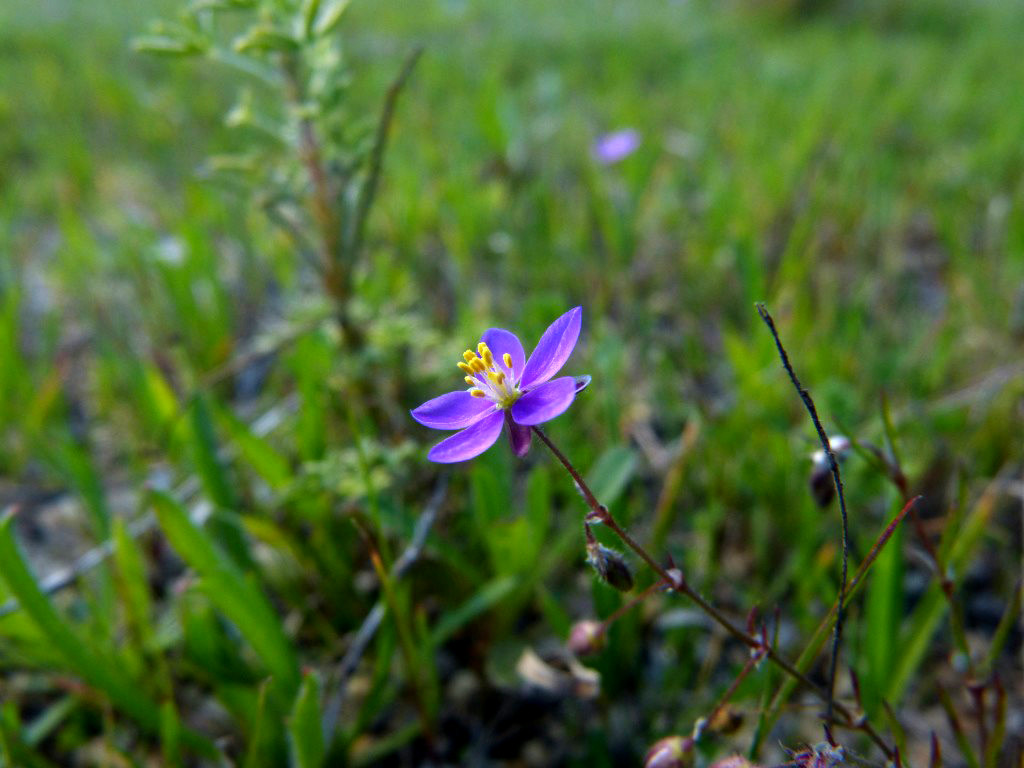
SAND SPURREY (Spergularia rubra). This photo of this exceptionally pretty, elegant plant was taken on a sandy meadow in South Portugal. This plant is also native to Ireland. It's always nice to find a plant I know from my home country in a foreign place - it strikes a reassuring cord of familiarity and connection between two geographically distant and contrasting places - like unexpectedly meeting an old friend in a new place (Photo: Sean Fagan).
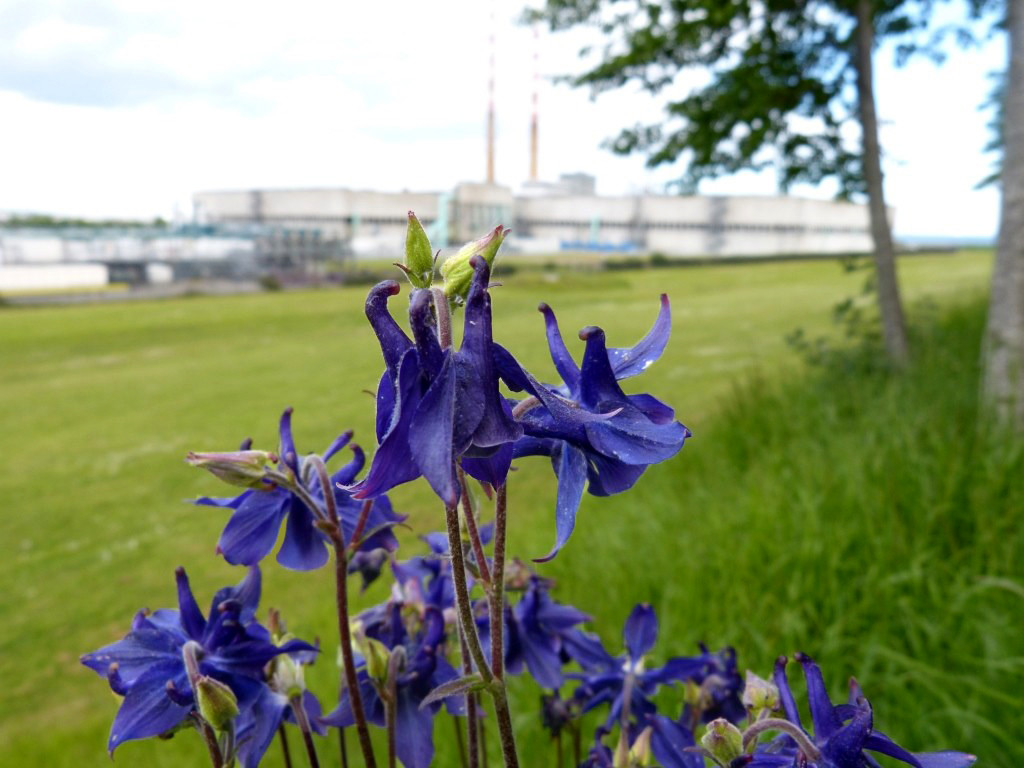
A startling find in an urban setting - the native but toxic wildflower, COLUMBINE ( Aquilegia vulgaris). I usually find this striking plant in broad-leaf woodlands so to find it in a city park was quite a find. The species name, Aquilegia, is derived from the latin word, aquilinus, meaning "eagle-like" in reference to the curved, eagle-like, flower spurs of columbine (Photo: Sean Fagan, Dublin, Ireland).
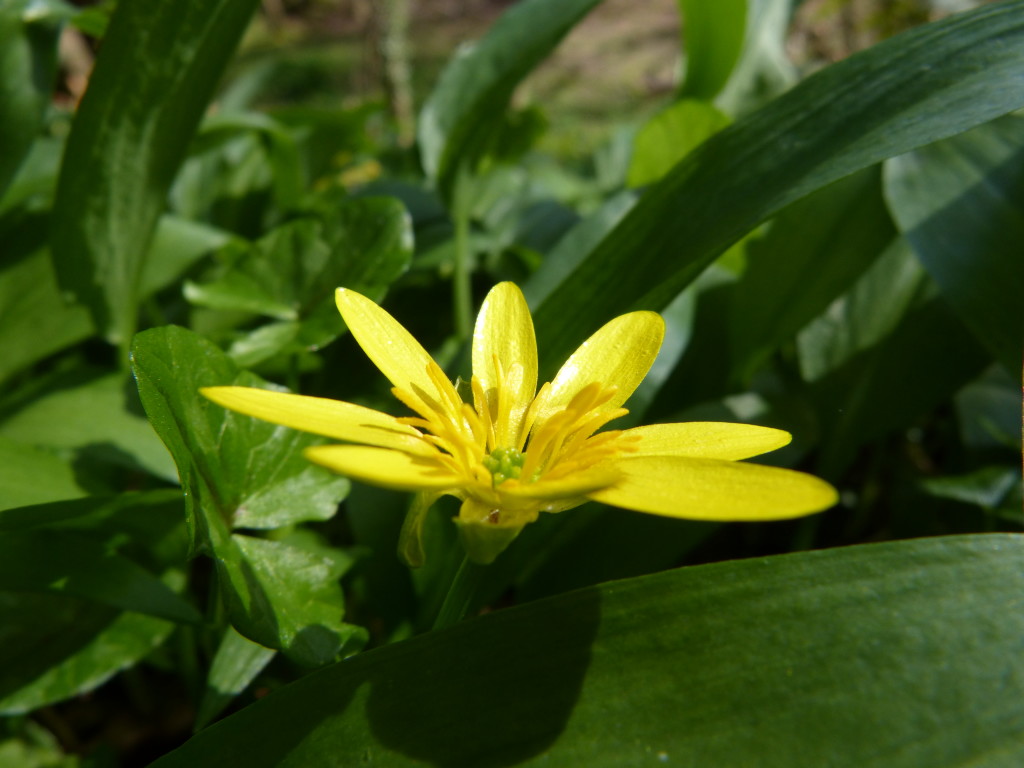
The fantastically glossy, yellow petals of LESSER CELANDINE (Ficaria verna). An early-season, native bloomer - often emerging from the damp mud of river verges and other damp habitats in late winter/early spring. The roots are edible and provide a nice source of starch - which were consumed by humankind since prehistoric times - as a much-appreciated, energy-rich food early in the year (Photo: Sean Fagan).
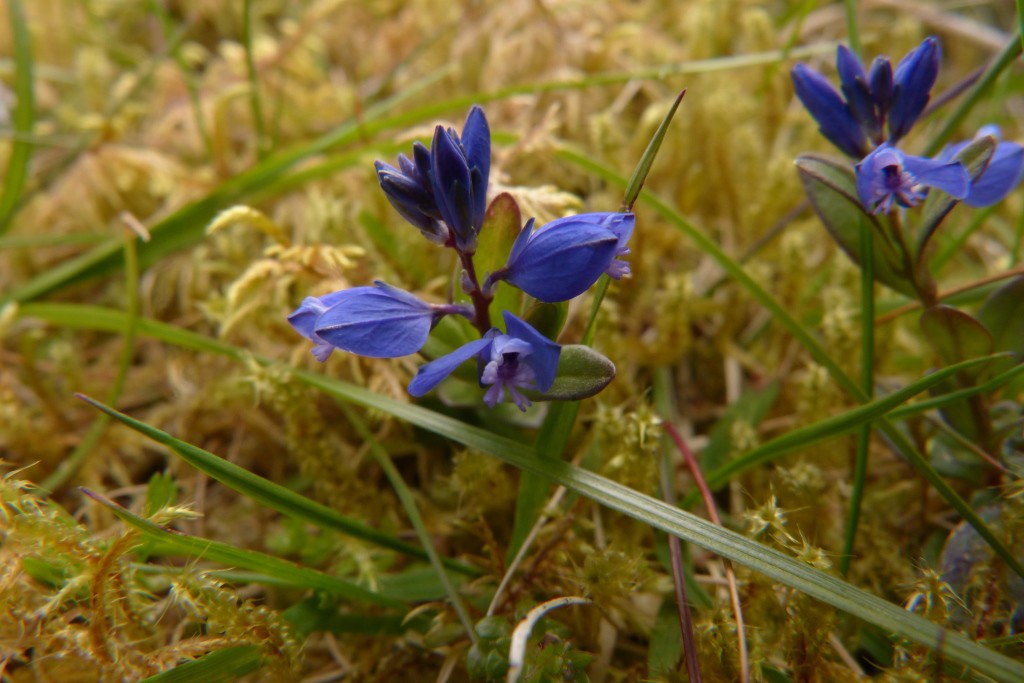
A real, bog-land treasure - HEATH MILKWORT (Polygala serpyllifolia). Tiny and easily missed among the tangled mass of grass and mosses that typically inhabit temperate bogs - heath milkwort is a real treasure to behold when examined closely. With nature, small is often wonderful and taking the time to examine such small details requires good concentration - only then is their astonishing details and innate beauty revealed. The same level of patient, intense scrutiny of details is required for competent tracking. With bushcraft skills, such as tracking and botany, there is often a welcome overlap of skills - with each skill complimenting the other (Photo: Sean Fagan, County Kerry, southwest Ireland).
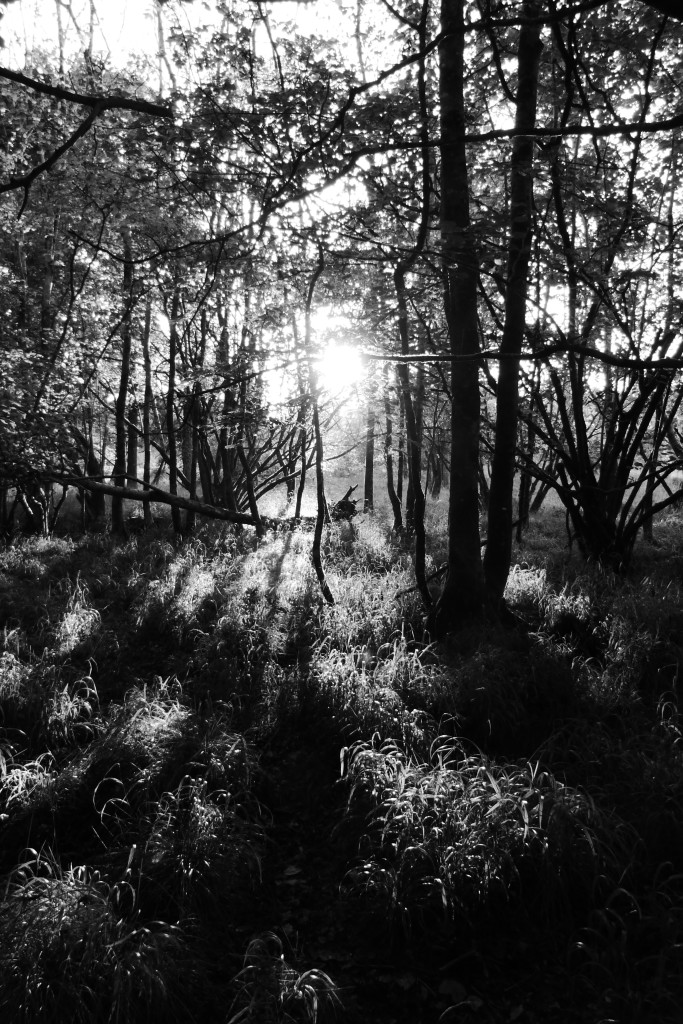
For many, a love of bushcraft and nature started in woodlands - and for good reason. Ecologically fascinating, structurally complex and resource-rich - woodlands are a great place to deepens one's bushcraft & nature studies (Photo: Sean Fagan, West Ireland).
.
.
This page will occasionally be expanded with more plant photos (so don't forget to re-visit).
.
Related articles found on this website:- Tree of the Druids: Rowan
- What's the Connection between Snakes and Heath Milkwort?
- Why I still Climb Trees...
- The Woods of my Youth
.
Links to plant species featured on this page:
Recent Comments